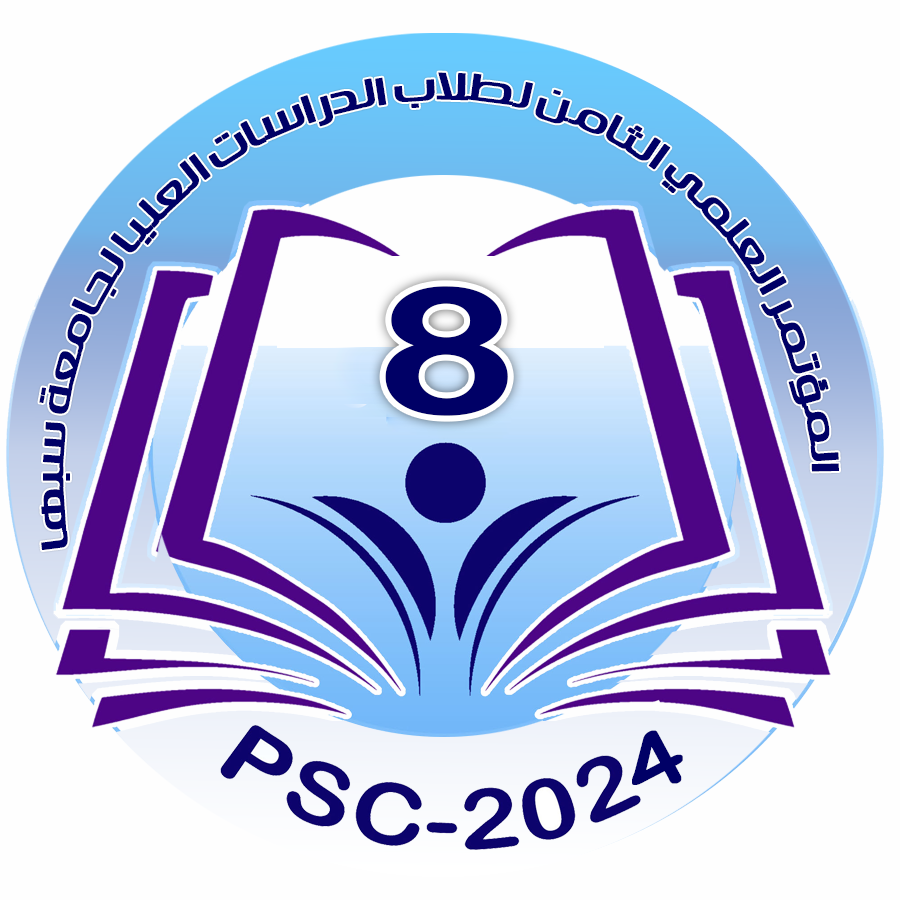Simulation of The Brain’s FMRI Signal
Main Article Content
Abstract
This study aims to improve functional magnetic resonance imaging (fMRI) technology to more accurately identify healthy and affected brain areas. Since fMRI technology is not widely used, the study seeks to explain it in an easy-to-understand manner. Two audio and visual experiments were analyzed, on a group of participants, and the MRI signal was analyzed using the SPM12 program to divide it into small time segments to calculate the average signal intensity in each time segment to create an image of brain activity and to test different methods for removing noise from the MRI data.
Functional magnetic resonance images of the visual cortex, as well as the auditory cortex, were also studied. The results showed that the presence of deoxygenated blood reduces the fMRI signal measured in the magnetic resonance images, relative to the presence of oxygen-saturated blood. The results also showed the dependence of MRI on the echo time. The best signal intensity was obtained at (40-50 ms). The results also showed the effect of voxel size on image quality. The larger the voxel size, the lower the spatial resolution. The results also showed how different signal-to-noise ratios affect the spatial and temporal patterns of activity measured by resonance. Functional Magnetics, also highlighted how fMRI data is transformed from a raw time series of images into a statistical map of brain function.
Article Details

This work is licensed under a Creative Commons Attribution-NonCommercial-ShareAlike 4.0 International License.
